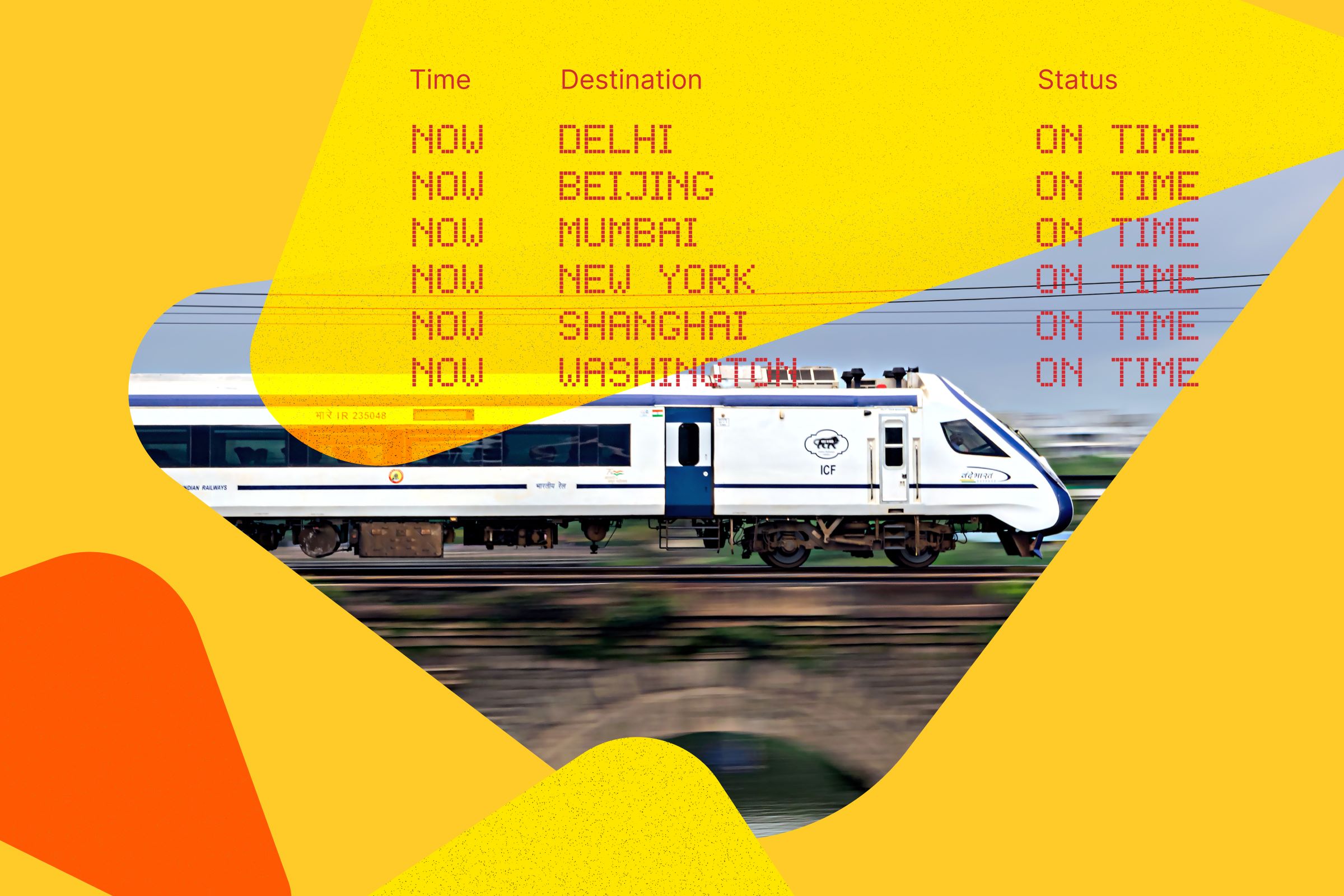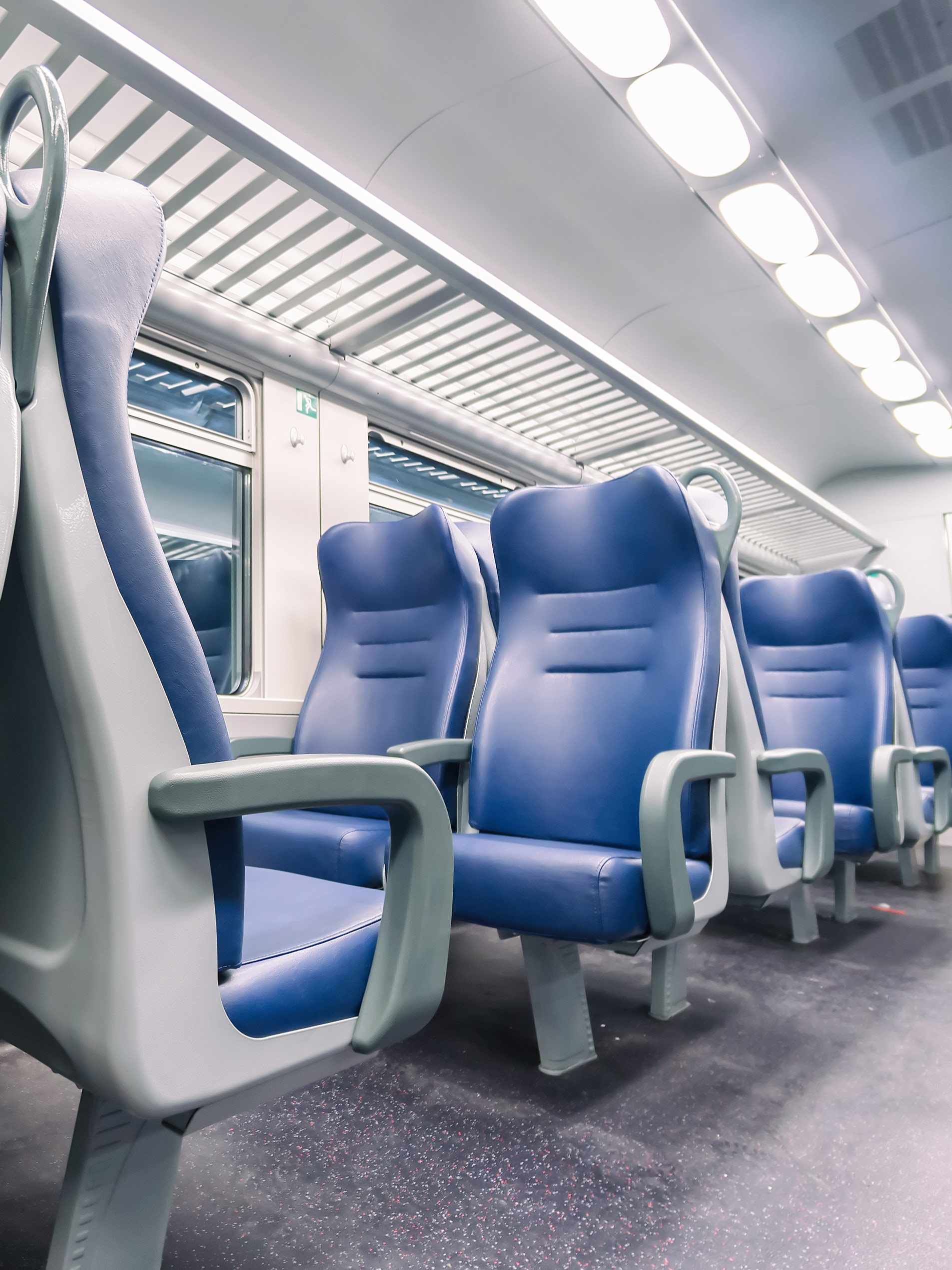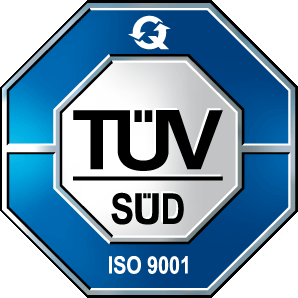
Ignite Magazine
The Knowledge Platform for Next-gen Flame Retardancy
Unlocking opportunities in booming global railway markets with flame retardants for EN45545
Excited by the vast opportunities in the railway market but challenged by stringent safety norms? Discover how GULEC’s GERPHOS flame retardants can be your key to compliance and seizing these opportunities.
Image Credit: GULEC

In the era of the UN Agenda 2030, which emphasizes sustainable development, significant global investments in rail infrastructure are revealing vast opportunities for manufacturers. Europe’s ambitious goal to increase rail freight to 30% by 2030, supported by a €260 billion investment, sets a new standard for rail transport’s sustainability and efficiency. The United States follows suit with the Infrastructure Investment and Jobs Act, allocating $102 billion over five years for rail system enhancements. Similarly, China plans to double its high-speed rail network, and India is looking to invest $715 billion into its rail infrastructure, including laying 50,000 km of new tracks and introducing 400 high-speed trains.
However, seizing these opportunities hinges on a critical factor – the ability to provide materials that meet the most stringent railway safety norms. Achieving compliance with these advanced safety standards is no small feat. It requires innovative solutions that can satisfy rigorous fire safety and environmental regulations, making this a key challenge for manufacturers aiming to capitalize on the burgeoning railway market.
Navigating the Complexities of Fire Safety Standards
GULEC’s GERPHOS flame retardants are designed to meet the demanding standards of this rapidly evolving market. The development of new fire retardant products now faces multifaceted challenges, where innovations must satisfy stringent fire safety criteria as well as environmental and mechanical properties. The introduction of the EN45545 standard compounds these challenges, demanding materials to pass multiple fire tests.
EN45545-2: Setting New Standards in Rail Safety
The EN45545-2 standard is crucial in railway fire safety, aiming to protect human lives during train fires. This standard categorizes rolling stock into different Hazard Levels (HLs), each with specific requirements for fire and smoke retardancy. It covers a range of material and component applications, with requirement sets from R1 to R26. These sets specify criteria for flame spread, heat emission, smoke production, and toxic emissions during fire conditions. For example, R21 focuses on upholstery materials, assessing how they contribute to fire growth and visibility reduction, while R7 covers external coatings, evaluating lateral flame spread.

GULEC’s Expertise in EN45545-2 Compliance
GULEC employs an advanced analytical framework to tackle the challenges of EN45545-2 compliance. Our R&D team, with deep expertise in chemistry, designs bespoke flame retardants that meet these stringent norms. We focus on understanding the unique characteristics of each resin, tailoring our flame retardant solutions to precisely align with the standard’s requirements. Our approach includes comprehensive testing, from simulation tests that predict behavior under fire conditions to experimental validation, ensuring that our solutions are optimized for real-world applications.
"By integrating GERPHOS into their product lines, manufacturers can create future-proof materials that meet the growing sustainability expectations in the railway sector."
Our extensive archive of polymer matrix trials and test results accelerates our development cycle, allowing us to quickly and efficiently create solutions tailored to specific needs.
Seizing Opportunities in the Global Railway Market with GERPHOS
As the railway industry advances globally, the demand for materials that align with stringent safety and environmental standards is at an all-time high. GERPHOS flame retardants stand at the forefront of this evolution, offering a solution that not only ensures compliance but spearheads innovation and safety. By integrating GERPHOS into their product lines, manufacturers can create future-proof materials that meet the growing sustainability expectations in the railway sector. This positions our clients to lead in an increasingly competitive and regulated global market.
We understand that transitioning to a new flame retardant system can be a complex process, but you’re not alone on this journey. Our team of skilled engineers at GULEC is eager to guide you step by step, ensuring a seamless shift to GERPHOS-based solutions. We are committed to helping you navigate every aspect of the transition, from initial consultation to full-scale implementation, so you can confidently meet the demands of the railway market.
Don’t miss the opportunity to redefine safety and sustainability in rail transport with GULEC. Contact us today, and let’s embark on this journey together, unlocking new possibilities and setting new industry standards.
Spark a Conversation
Connect with us to explore safer, smarter flame retardant strategies for your business.
Ignite Your Inbox
Be first to know about breakthroughs in flame retardancy and polymer innovation.










